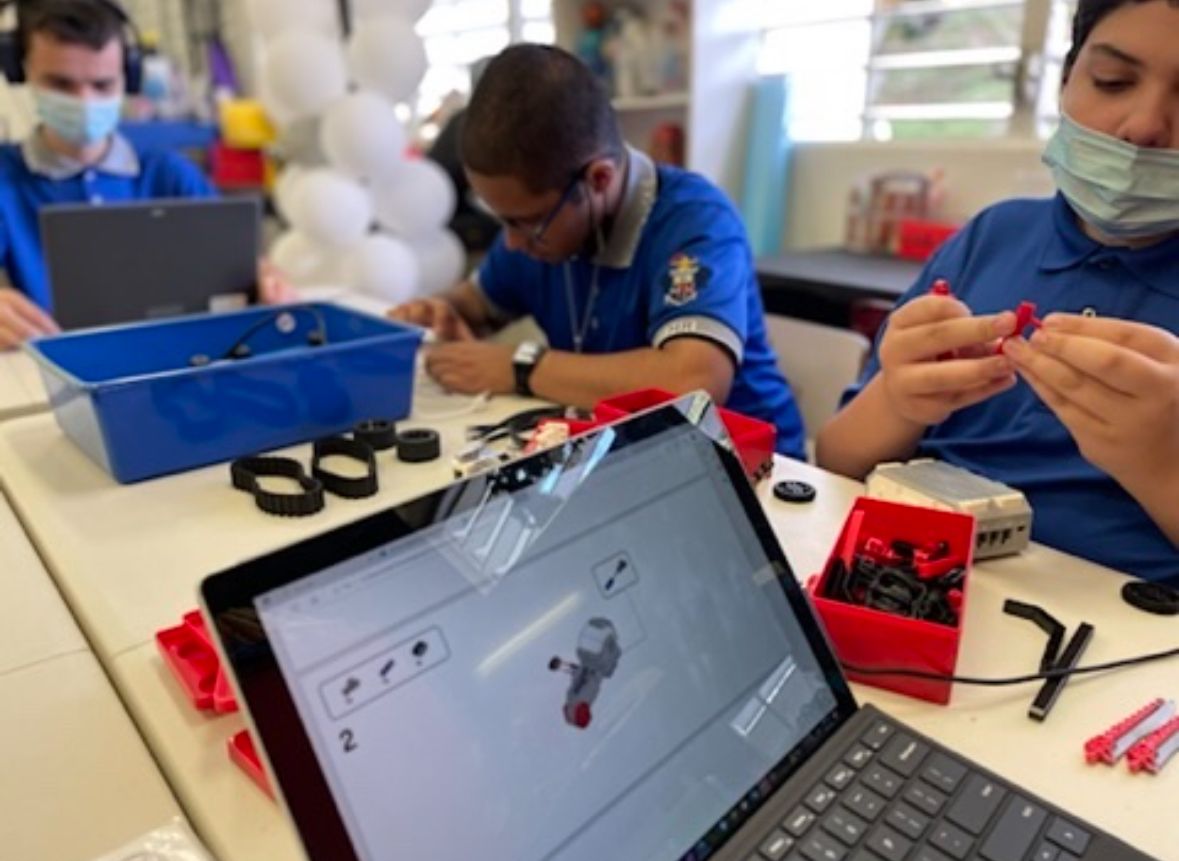COMPUTATIONAL THINKING IN TEACHING
Computational thinking is a problem-solving approach that involves breaking down complex issues into manageable parts, analyzing data, and developing algorithms to find solutions. It's a skillset that combines logic, creativity, and critical thinking to tackle challenges in various fields, from science and technology to everyday life.
Key elements of computational thinking:
- Decomposition: Breaking down complex problems into smaller, manageable parts.
- Pattern recognition: Identifying relationships and patterns in data.
- Abstraction: Focusing on essential features and filtering out unnecessary details.
- Algorithmic thinking: Developing step-by-step procedures to solve problems.
- Debugging: Identifying and correcting errors in the problem-solving process.
By cultivating computational thinking skills, individuals can:
- Enhance problem-solving abilities
- Improve analytical and logical thinking
- Develop creativity and innovation
- Effectively address complex challenges
- Make informed decisions in a data-driven world
Computational thinking is an essential skill for the digital age, applicable across various disciplines, from computer science and mathematics to art and design. It empowers individuals to navigate complex systems, make informed decisions, and drive innovation. If students from their early education starts computational thinking their learning abilities will grow faster.



 ..You shared very informative content. What are the other strategies can we use in our classroom, when we have no much resources in our schools?
..You shared very informative content. What are the other strategies can we use in our classroom, when we have no much resources in our schools?